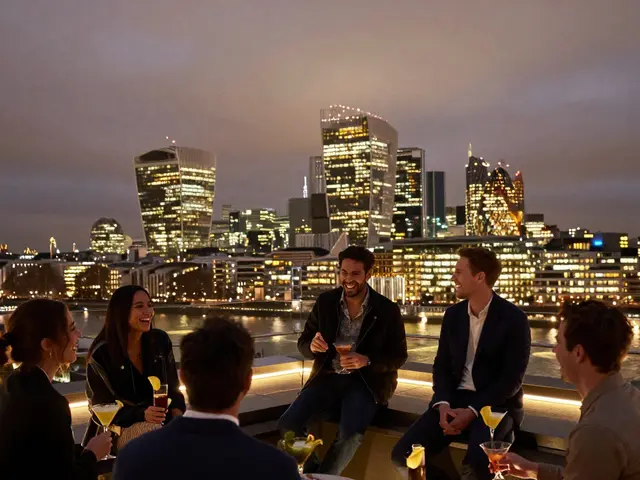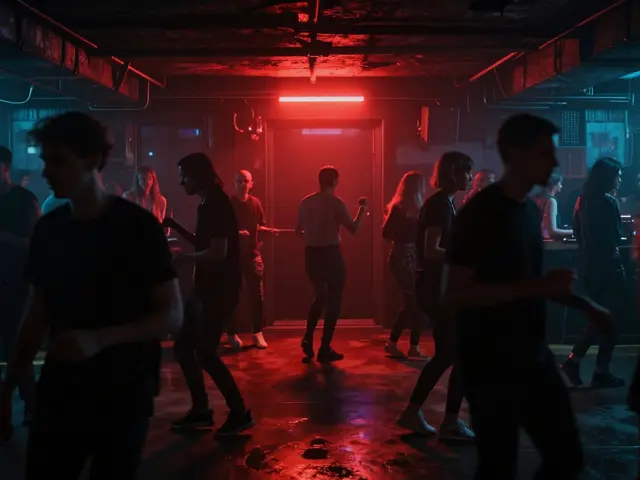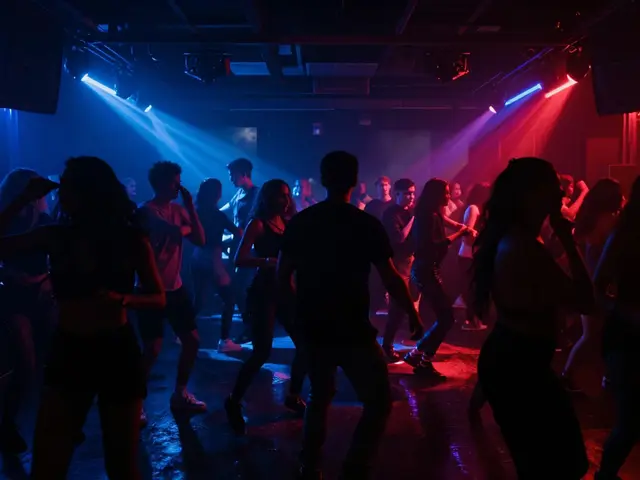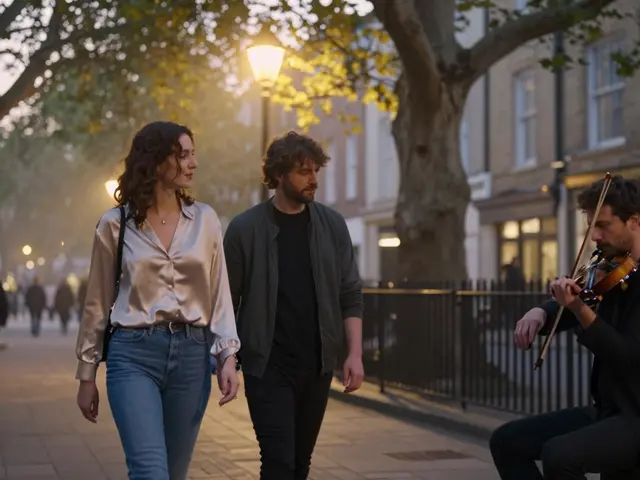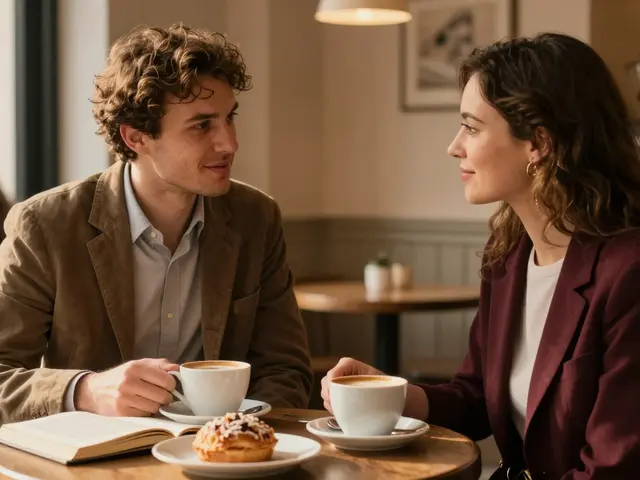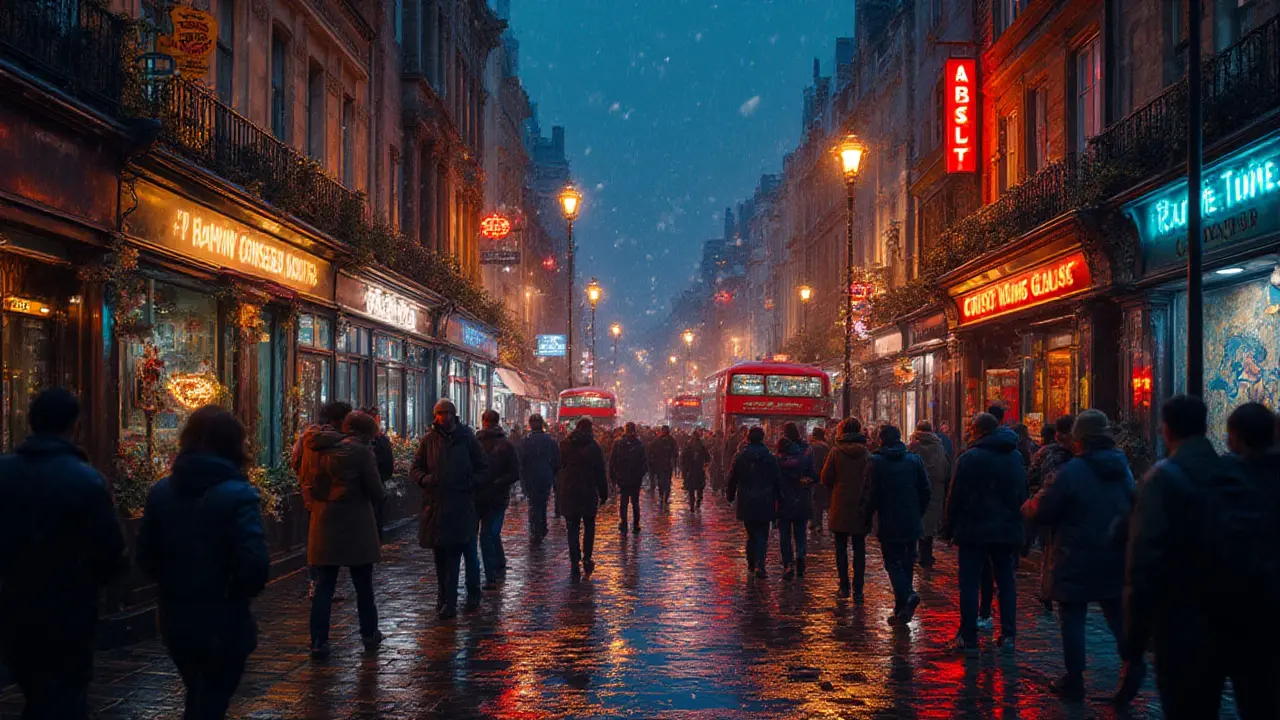
Ever wondered why you can feel a city’s real heartbeat after dark? It’s not just the neon lights and music—it’s that electric buzz when people gather, ideas clash, and new stories begin. Cities aren’t just a grid of streets and faceless buildings; they come alive when the sun goes down. Think back to the energy buzzing through London’s Soho or the dance floors that pulse until sunrise in Shoreditch. These vibrant scenes aren’t just add-ons to city life—they’re at its core, quietly weaving together the city’s spirit and its people.
Nightlife as the Driving Force Behind City Identity
Every city tells a story after dark. Nightlife isn’t just about blowing off steam; it sets cities apart, making them memorable for both locals and travelers. London’s late-night scene has helped shape its legendary status in global pop culture. From the Beatles’ early gigs at The Cavern Club to Banksy’s undercover street art tours and Jamie XX’s club nights, nightlife is where new trends, sounds, and art movements spring to life. Paris has its jazz bars, Berlin has techno temples—each city nurtures a unique nocturnal personality that you just can’t fake in the daylight.
Walk into any iconic nightclub and you’ll see the sense of freedom and belonging that only exists under disco balls and lasers. Nightlife helps cities become more inclusive, letting people mix, share ideas, and try out new versions of themselves away from routine. Ever noticed how the best collaborations, be it on a new brand, music label, or activist campaign, start over sticky drinks and late-night beats instead of around a conference table? That’s no coincidence.
And here’s something you don’t hear every day: nightlife gives neighborhoods a shot at reinvention. A run-down block can be reborn thanks to one buzzing bar or after-hours gallery show. Take Brixton, for example—known a decade ago for its market, now it’s a fixture on every London night owl’s must-visit list, thanks to pop-up venues and underground clubs. Planners and city councils are catching on too; some now use nightlife data to plan public transport and policing, and in 2021, London even appointed its first “Night Czar” to champion the sector. When cities invest in nightlife, it’s really an investment in creativity and resilience.
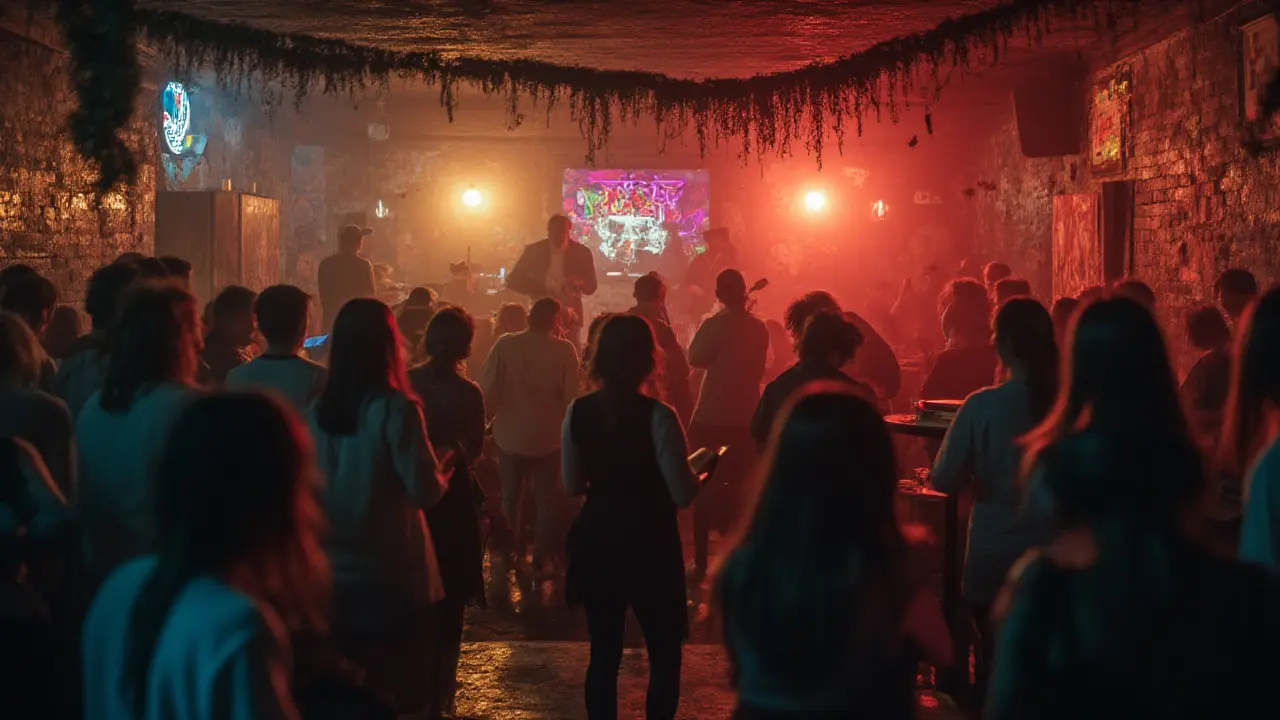
The Ripple Effects: Growth, Belonging, and Everyday Life
When you pull back the curtain, nightlife does much more than help people have fun. It’s a full-blown economic engine. According to the Night Time Industries Association (NTIA), the UK nighttime economy brought in over £112 billion in pre-pandemic years and supported more than 1.95 million jobs. That’s bars, clubs, taxi drivers, street food, security services, and even cultural festivals. Each nightclub that pops up means new jobs and fresh business for local shops and restaurants. It keeps money flowing right where it’s most needed—into communities.
Don’t forget the social glue it offers. Nightlife is where friends meet, lovers flirt, and communities celebrate. Fancy a drag bingo night in Soho or an open-mic poetry slam in Dalston? These places become shared living rooms, giving people a sense of belonging, especially for communities that have often felt left out during the day. Nightlife’s safe spaces have been crucial for LGBTQ+ communities—just look at the role iconic venues like Heaven and G-A-Y have played in London’s cultural progress.
Here’s a tip: if you want to really experience a city, skip the guidebooks for a night and follow the locals. Find out where DJs spin until the early hours or eat at a spot that only opens after midnight. Not only will you discover music that never gets on the radio, but you’ll bump into people and conversations that open your mind. It’s this sense of discovery and camaraderie, where strangers might become soulmates over shared tunes, that really defines urban life.
There’s also this understated magic in the opportunities nightlife provides—especially if you’re creative. Artists, chefs, musicians, and performers have all relied on the circuit of small venues to test ideas and launch careers. Even street art—one of London’s most exported cultural products—often happens under cover of darkness. And when it comes to food, let’s be honest: the best bites are usually found in bustling markets at 2 a.m., not starched white-tablecloth spots.
Want to dip your toes in safely? Go with friends on your first night out, start early, and pace yourself. Many clubs now offer water bottles and safe spaces, while night buses and rideshares make post-party journeys easier. Always keep your phone charged and agree on meeting points—a night to remember should never turn into a morning of regrets.
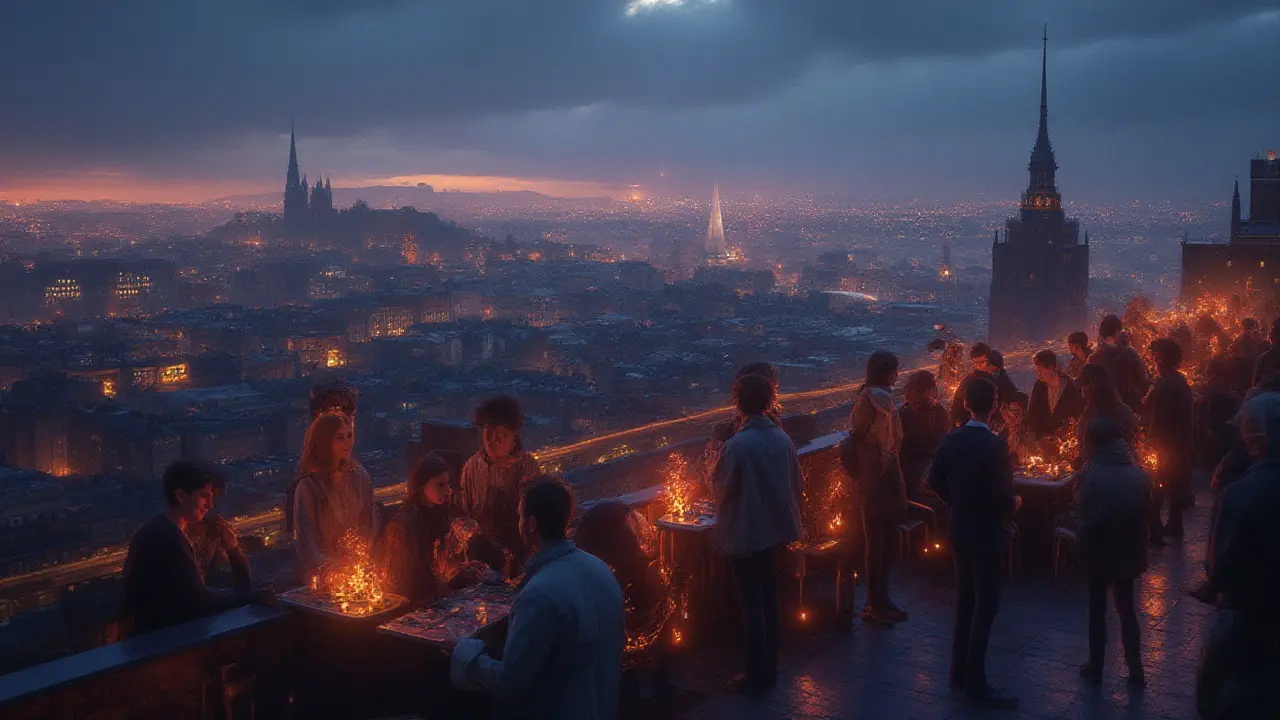
Challenges, New Trends, and the Future of Urban Nightlife
Of course, nightlife isn’t always a smooth ride. Gentrification and rising rents threaten beloved venues, pushing independent spots out in favor of big chains. Then there’s the constant dance with city regulations, licensing, and noise ordinances. The past few years haven’t been easy, either, with lockdowns dealing a heavy blow to operators and performers. But nightlife’s resilience is almost legendary. As soon as restrictions eased in 2022, people flocked back to live music and club nights like they were making up for lost time—and in some ways, they were.
New trends keep popping up, changing how we enjoy city nights. There’s a huge appetite for safer, more inclusive spaces. Communities are organizing sober raves, drag brunches, and silent discos—events where everyone feels seen and welcome. “Third spaces,” like hybrid bookstores/cafés by day and vinyl bars by night, are thriving. Cities like London, Berlin, and Amsterdam are experimenting with 24-hour venues and night markets to boost both safety and vibrancy around the clock.
Tech is changing the game, too. Ever bought tickets for a pop-up party via Instagram or found your way to a secret gig through WhatsApp? Digital word-of-mouth now powers some of the hottest nights out. Apps help you navigate venues, see real-time reviews, and even check in with friends. Many clubs stream DJ sets for fans worldwide, blurring the line between local flavor and global fame.
But there’s also the question of well-being and safety. Venue staff are now trained to spot signs of drink spiking, and many places offer “Ask for Angela,” a discreet way to get help if you feel uncomfortable. Knowing this can make a world of difference, especially for solo explorers. Plan your route, stick to well-lit areas, and trust your instincts. If something feels off, head to a staff member or a cluster of people. Don’t just document your night for social media—live it, feel it, and look out for your friends while you’re at it.
Why does this all matter so much? Because nightlife promises something real and rare—a city that’s breathing, evolving, and held together by shared midnight adventures. It sparks art, helps businesses thrive, and gives everyone a place to belong. Next time the city draws you out after dark, follow that pulse—you just might end up seeing your city, and yourself, in a whole new light.


